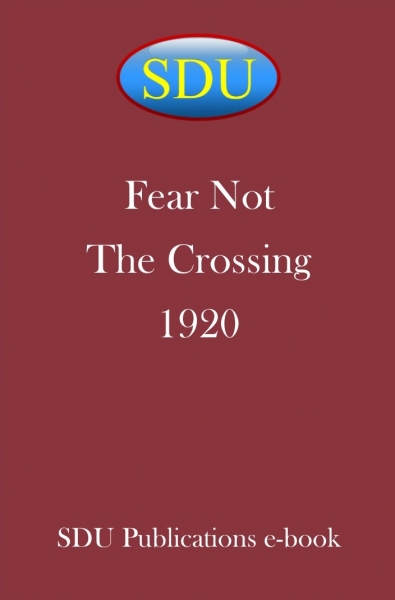DESCRIPTION
Published in 1920 | 136 pages | PDF reader required
INTRODUCTION
In the autumn of 1917 I was dining with some friends, whose house is set in an orchard overlooking Puget Sound and the Olympic Mountains. My host was a business man; his wife a very charming woman with an eagerness for sincerity equal to her flair for discovering and enjoying whatever is beautiful. There were also around the table her sister, whose literary gift is marked, a young professor, a lawyer, a mining man, and two other mothers of households like myself.
As we were chatting about various matters, someone brought up Sir Oliver Lodge's Raymond, and at once very definite and very opposing points of view were precipitated. Nearly everyone conceded that Sir Oliver's integrity of purpose was not to be questioned, but there were many concurrences to the hypothesis that grief for his son had more or less undermined his sanity. They held that even if the book were partially true, the portions describing the activities of the table were irrefutable evidences of his inability to see things as they were; in short that, although by telepathy of one sort or another, there might possibly have been mediumistic messages that proved to be true, there could not have been rapping tables not animated by ordinary, human, muscular exertion.
Then laconically the professor said, "Oh, yes, I have seen that sort of thing. I don't know how it happens, but it does happen." Now usually one takes a friend's word as one takes an experience, as something incontrovertible. But however much desire to be loyal strained towards belief, that seemed too much for the reason to accept unproved.
Later on, then, while bridge was in progress, four of us went into the diningroom, where the electric lights were supplanting the burnt-out candles, and, placing an ordinary wooden bedroom table on the bare floor, we sat down in chairs placed comfortably around it, our hands resting lightly upon its top.
After a certain interval the table stirred, then very slowly tipped up and down. Soon, as it began to tip more rapidly, the professor said, "Tip once for yes, and twice for no, in answer to direct questions; and if you wish …

